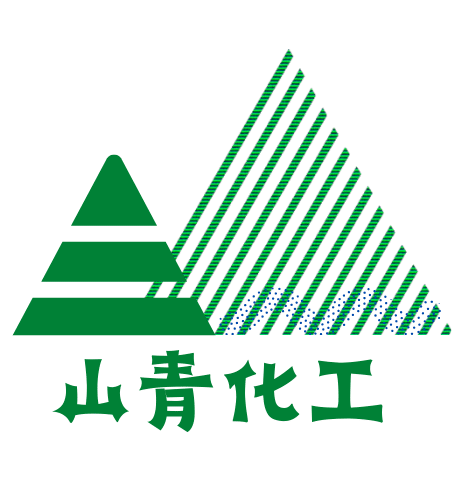Tag: Cosmetic Ingredient
-
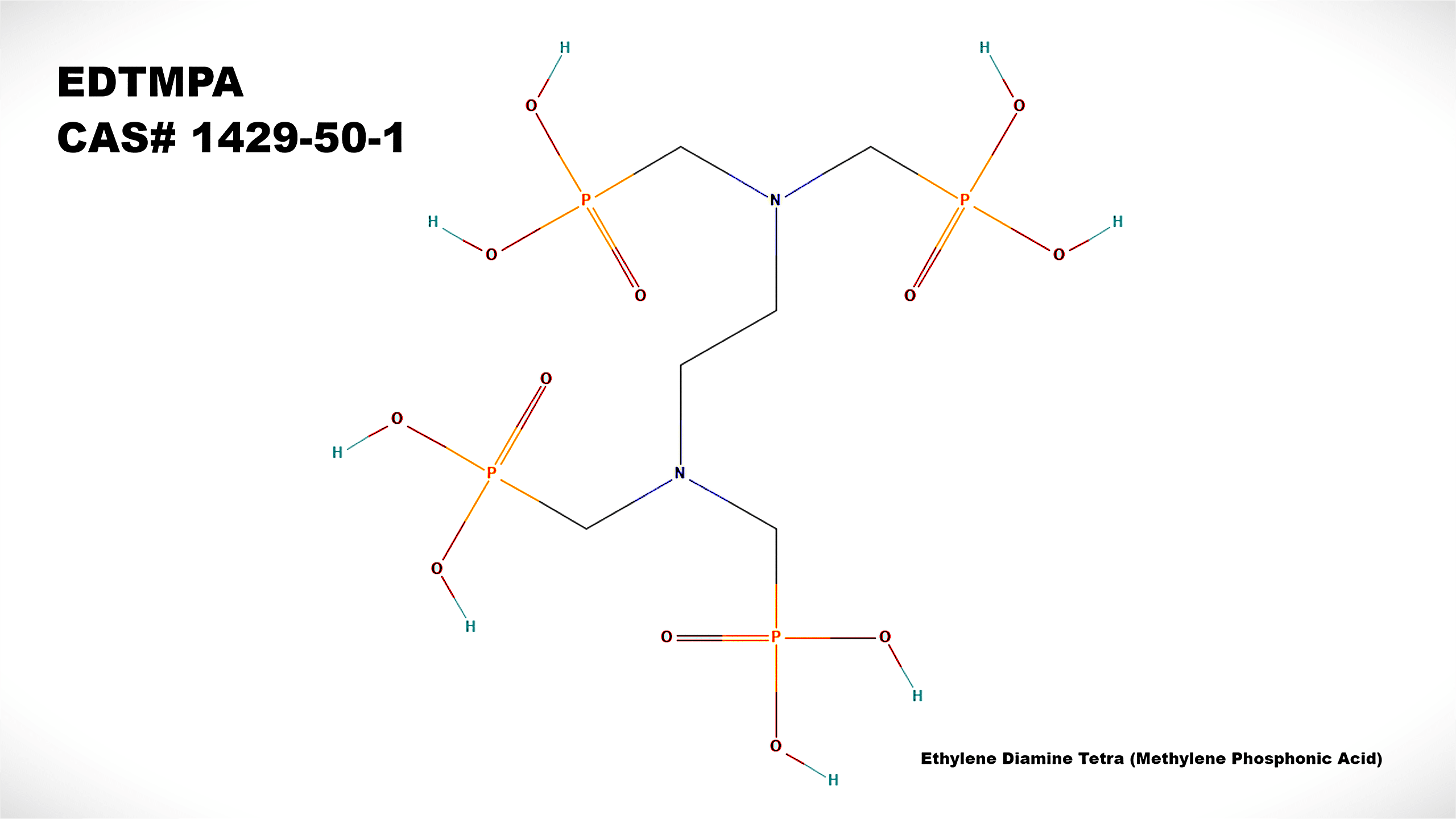
EDTMPA
Chelating Agents, Complexing Agent, Cosmetic Ingredient, sequestering agent, washing agent, Water Treatment ChemicalsCAS number: 1429-50-1C6H20N2O12P4 Chemical names Ethylene Diamine Tetra (Methylene Phosphonic Acid); EDTMP; Ethylenediamine tetra (methylenephosphonic acid); Ethylenebis(nitrilodimethylene)tetraphosphonic acid; EDPA; EDTPA;Phosphonic acid, P,P′,P′′,P′′′-[1,2-ethanediylbis[nitrilobis(methylene)]]tetrakis-;Phosphonic acid, [ethylenebis(nitrilodimethylene)]tetra-;[2-[bis(phosphonomethyl)amino]ethyl-(phosphonomethyl)amino]methylphosphonic acid; Sodium salts of EDTMP CAS number 22036-77-7, Sodium salts of EDTMP, C6H20N2O12P4.xNa, EDTMPS ; CAS number 57956-19-1, octasodium of EDTMP, 8Na-EDTMP;CAS number 15142-96-8, hexasodium salt, 6Na-EDTMP;CAS number 7651-99-2, pentasodium salt,…
-
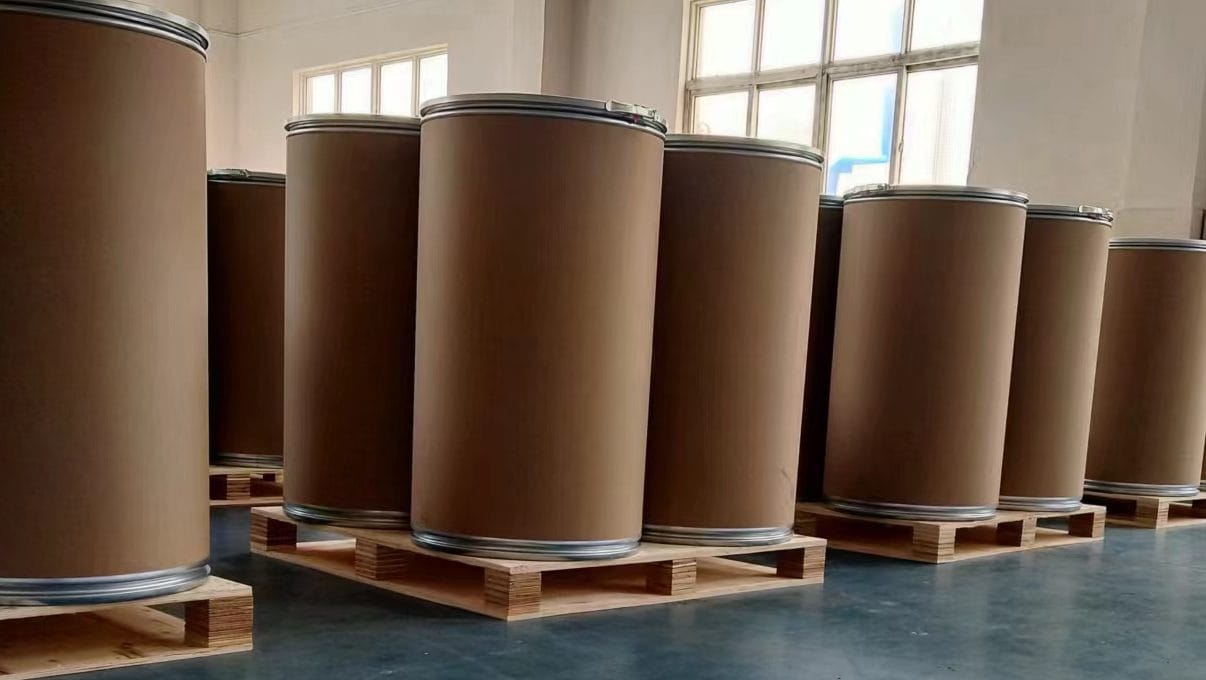
Bentonite
Food additive bentonite has good adsorption of proteins, and at the same time has the effect of clarification, clarification without odor residue does not affect the taste and other characteristics. Bentonite plays a role in clarifying and stabilizing the body of wine in the brewing of fruit juice, alcohol, soy sauce, vinegar and wine, and…
-

Sodium Dodecyl Benzene Sulphonate
CAS No.: 25155-30-0;EC No.: 246-680-4; Sodium dodecylbenzene sulfonate is a highly efficient anionic surfactant, degradable, with good hydrophilic, foaming, penetration, emulsification, degreasing and dispersion properties. Uses It can be used as daily detergent, industrial cleaning agent, textile agents, emulsifier in rubber industry, degreasing agent in electroplating industry, deinking agent in papermaking industry, flotation agent in…
-
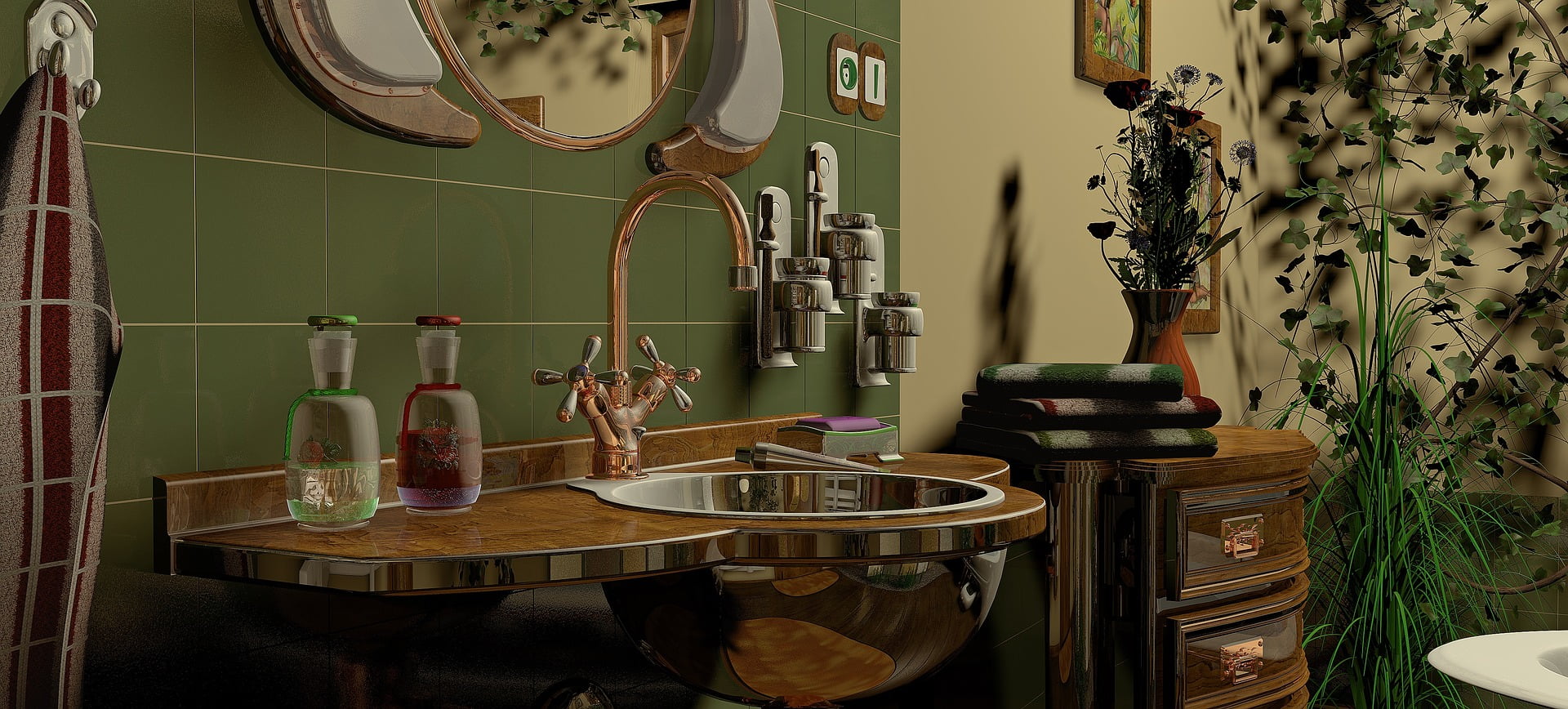
PEG-30 Dipolyhydroxystearate
CAS No.: 827596-80-5;Chemical names:Octadecanoic acid, 12-hydroxy-, polymer with oxirane, triblock;PolyEthylene Glycol 30 Dipolyhydroxystearate; ジポリヒドロキシステアリン酸ポリエチレングリコール;PEG-30 di-polyhydroxystearatic acid; ジポリヒドロキシステアリン酸PEG-30; PEG-30 Dipolyhydroxystearate is a water-in-oil emulsifier, fat soluble, with excellent high temperature stability. It is suitable for cosmetics, make-up and sunscreen products.It can be used to emulsify various fats and oils, and can be used in high electrolyte…
-
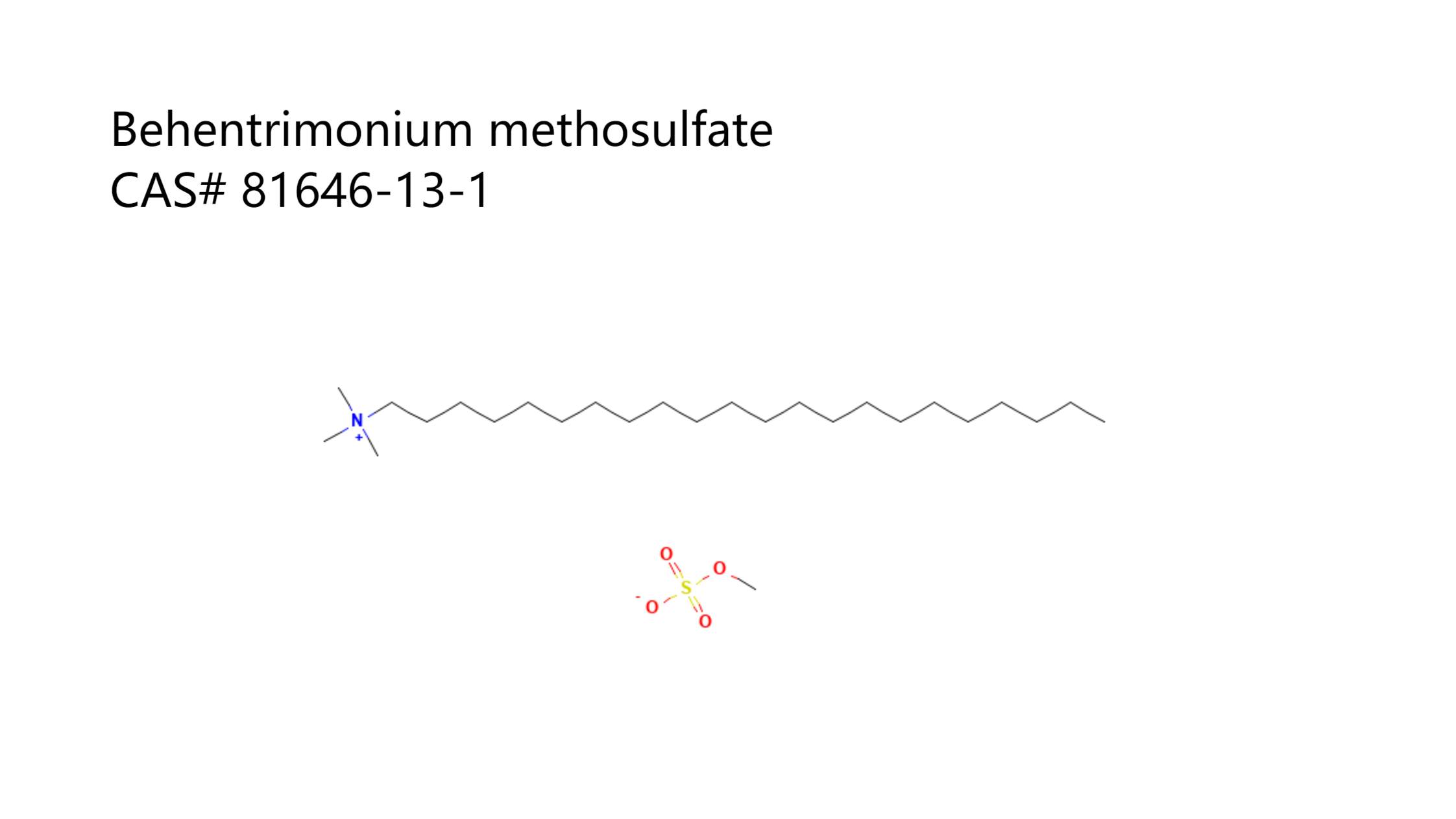
Behentrimonium methosulfate
Behentrimonium methosulfate is used as antistatic agent, hair conditioning agent, hair anti-tangle ingredient, surfactant, etc.
-
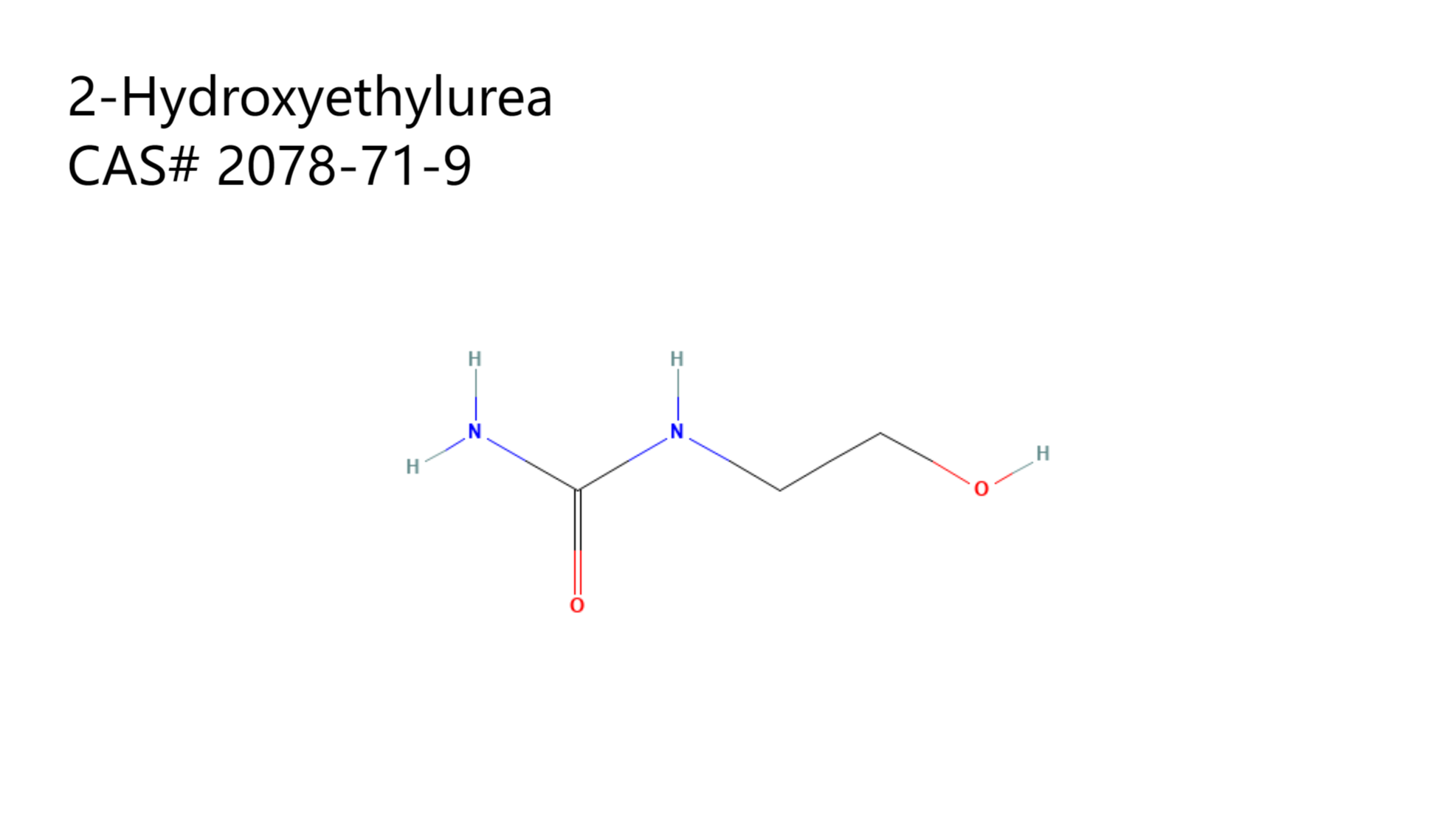
Hydroxyethyl urea
Hydroxyethylurea, used in large quantities in cosmetic moisturizing products, is used as a humectant.
-
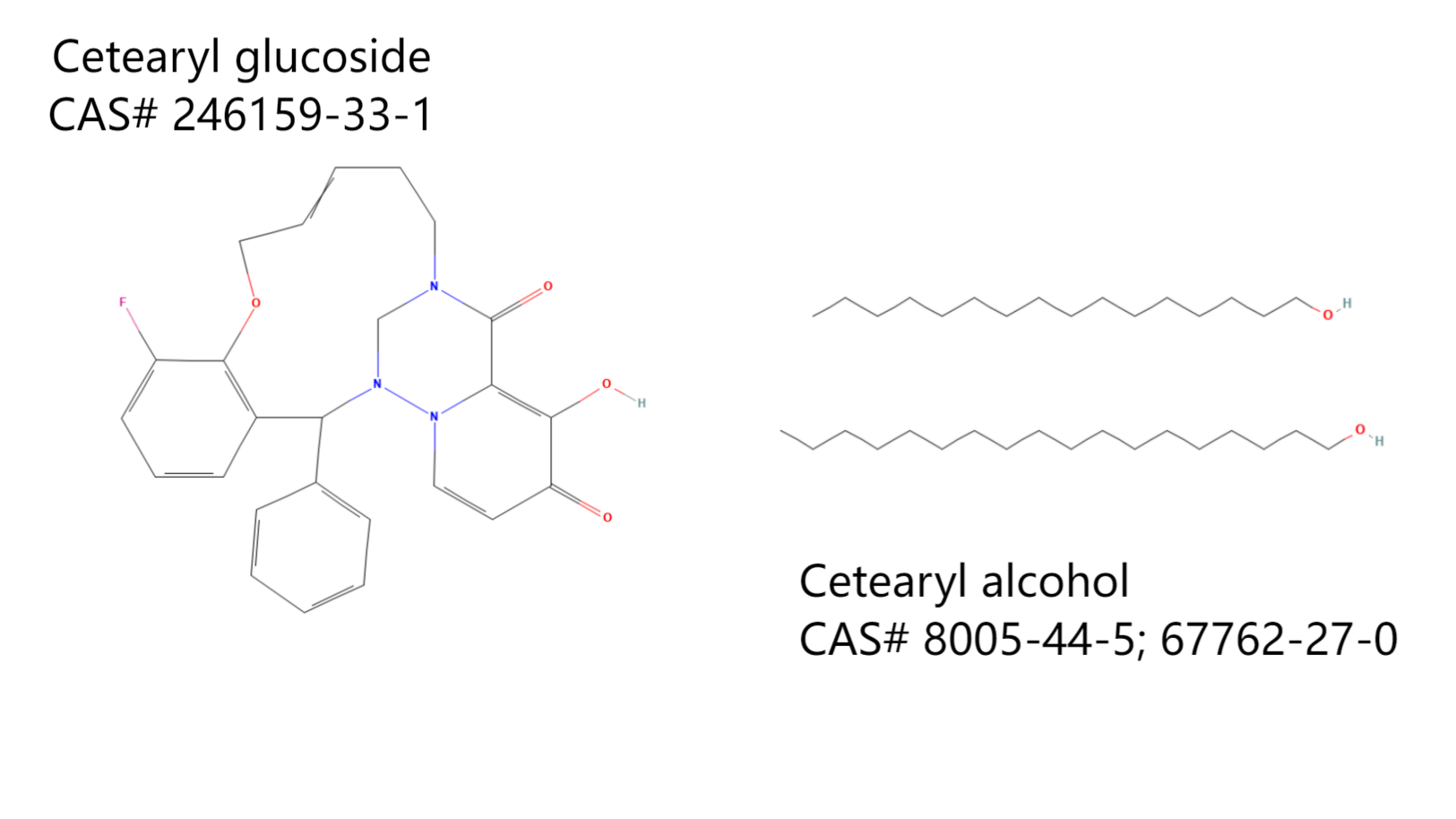
Cetearyl glucoside and Cetearyl alcohol
Cetearyl glucoside and Cetearyl alcohol (GM68, APG1618) is a mixture of about 25% alkyl glycosides, which is formed by dehydration of fatty alcohols of plant origin and glucose of plant origin. GM68 is an O/W nonionic emulsifier with self-emulsifying and self-thickening effect. Its lipophilic fatty groups and hydrophilic glucose groups are plant origin, without solvents…
-
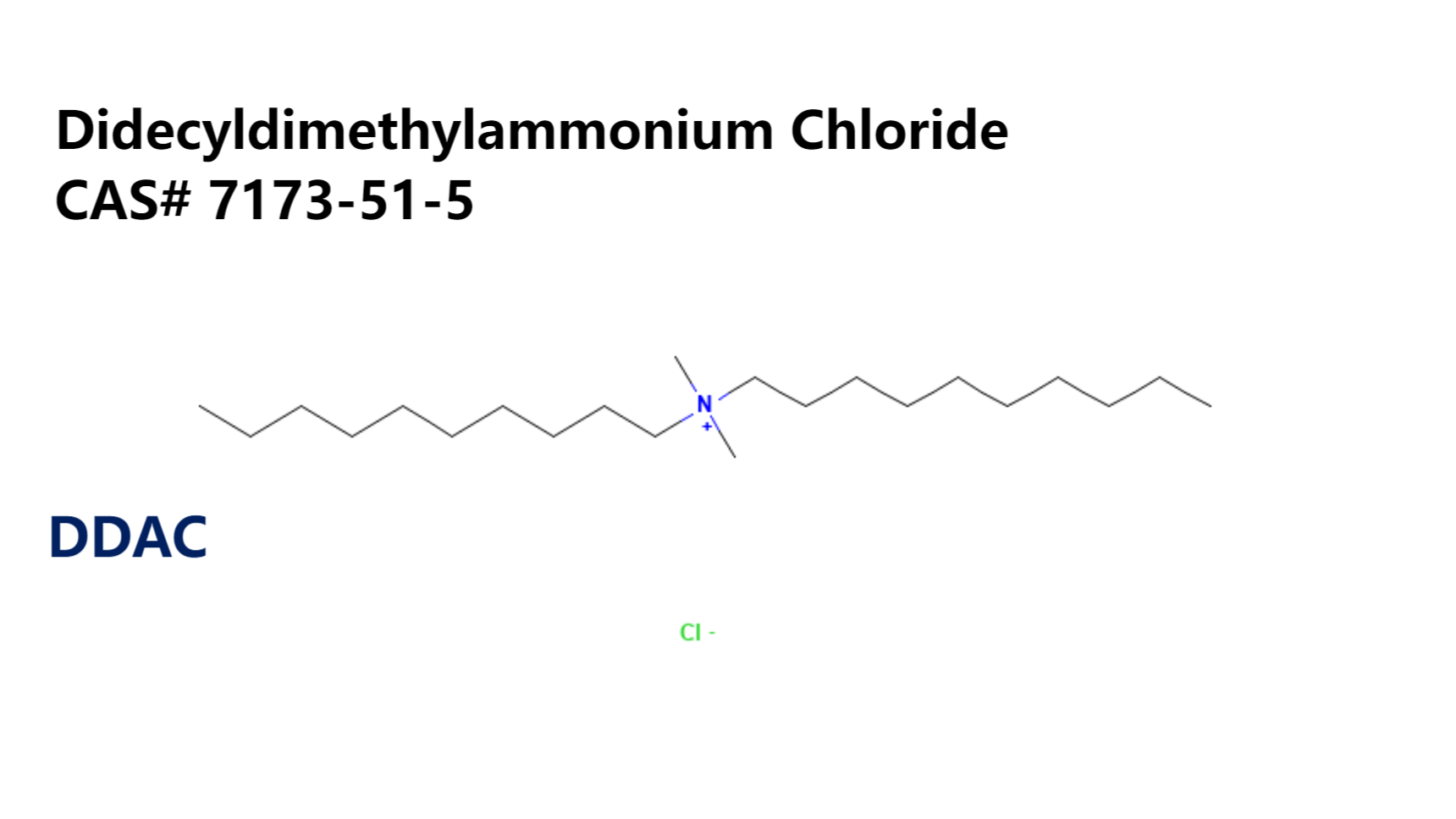
Didecyldimethylammonium Chloride, DDAC
Bactericide, Biocide, Cationic surfactants, Cosmetic Ingredient, Quaternary Ammonium Disinfectant, SurfactantsCAS No.: 7173-51-5;EC No.: 230-525-2;Chemical formula: C22H48N·Cl Synonyms:1-Decanaminium, N-decyl-N,N-dimethyl-, chloride;didecyl-dimethylazanium chloride; DDAC; QUATERNIUM-12;Didecyldimonium Chloride; ジデシルジモニウムクロリド; Didecyldimethylammonium Chloride (DDAC) is a cationic surfactant, belongs to double-chain quaternary ammonium compounds. Uses DDAC is widely used in cosmetic ingredients, antistatic agents, hair conditioning agents, oilfield drilling biocide, industrial cooling water algaecide, cleaning and disinfection, wood antiseptic and so…
-
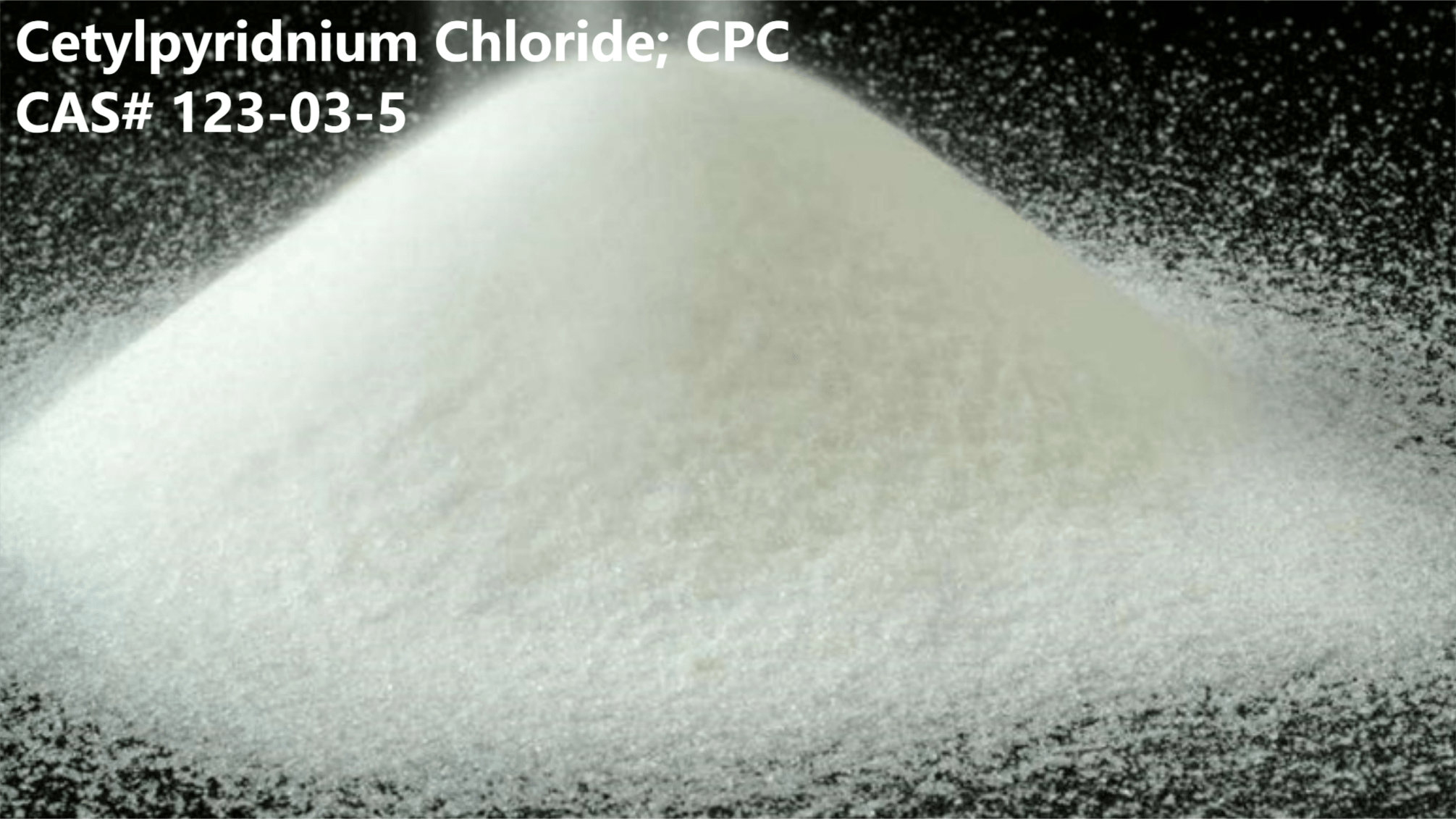
Cetylpyridnium Chloride
Bactericide, Biocide, Cationic surfactants, Cetylpyridnium Chloride, Cosmetic Ingredient, Quaternary Ammonium Disinfectant, SurfactantsCetylpyridnium Chloride CAS Number: 123-03-5; 6004-24-6;EC Number: 204-593-9; Synonyms:Pyridinium, 1-hexadecyl-, chloride;1-hexadecylpyridin-1-ium chloride;hexadecylpyridinium chloride;Piridino, 1-hexadecil-, cloruro (1:1); セチルピリジニウムクロリド; Cetylpyridnium Chloride (CPC) is a cationic quaternary ammonium compound and a very important surfactant and bactericide. Properties CPC has the functions of broad-spectrum bactericide, anti-static, anti-acne, anti-dandruff, whitening, deodorant and embalming, etc. It has strong bactericidal effect on…
-

Alkyl PolyGlycosides APGs
Alkyl PolyGlycosides (APGs) are nonionic surfactants, compounds synthesised from glucose and fatty alcohols. APG 0810 has between 8 and 10 carbon atoms in its molecular structure. APG 1214 may contain more carbon atoms in its molecular structure, resulting in a relatively high viscosity. Uses For daily chemical, we can provide APGs made from renewable plant…
-

Difference between APG0810 and APG1214
Alkyl Polyglycosides, APG0810, APG1214, Applications, Cosmetic Ingredient, Nonionic surfactants, SurfactantsAlkyl polyglycosides (APGs) are compounds synthesised from glucose and fatty alcohols, nonionic surfactants. The main difference between alkyl polyglycoside 0810 and 1214 lies in their molecular structure and performance characteristics: APG0810 is more permeable and is usually used more in industrial applications.APG1214, in contrast, is milder and is more often used in household detergents. In…
-
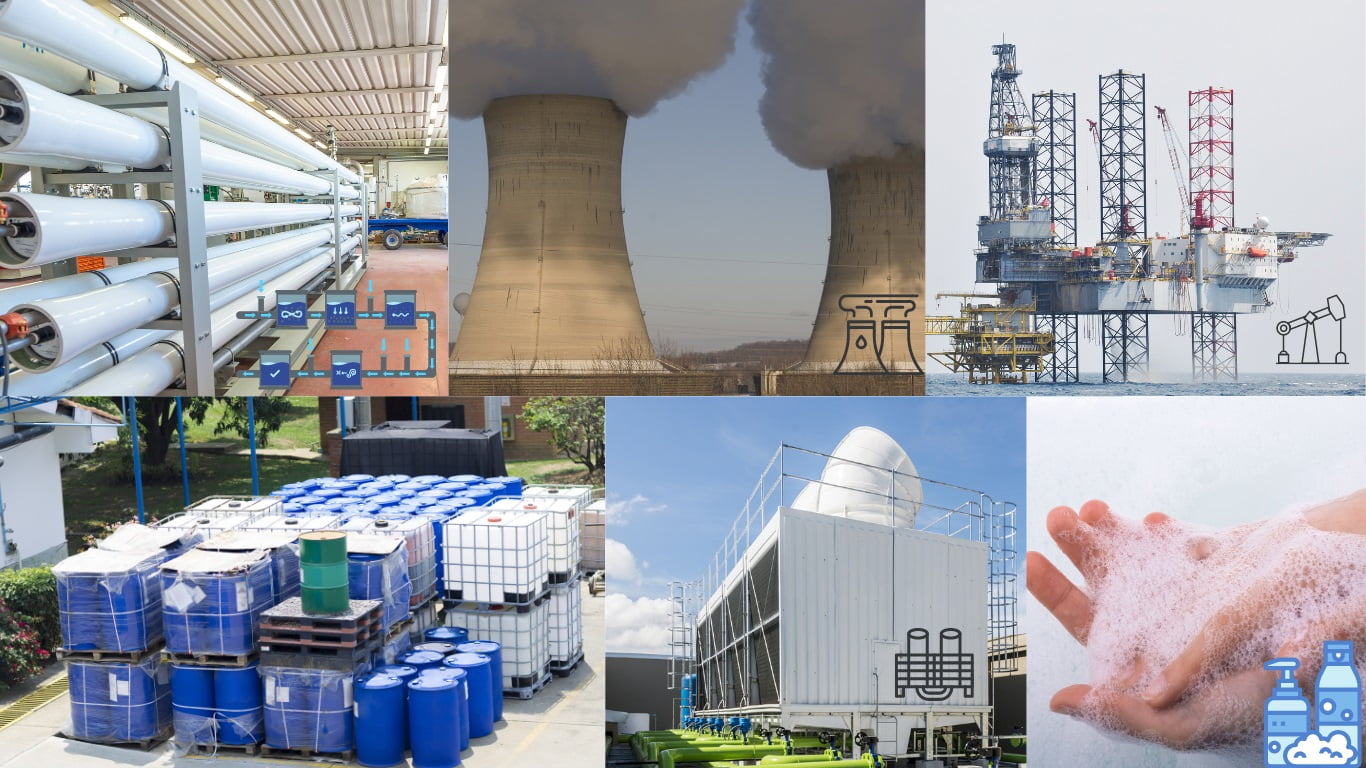
Chelating capacity and stability
Applications, Chelating Agents, Complexing Agent, Cosmetic Ingredient, sequestering agent, washing agent, Water Treatment ChemicalsChelating Agents List What are chelating agents? Stability constants (logK values) – in active pH range Stability constants (logK values) – in active pH range Metal ion EDTA DTPA GLDA MGDA IDS Al3+ 16.4 18.6 12.2 7.7 14.1 Ba2+ 7.8 8.6 3.5 4.8 3.4 Ca2+ 10.7 10.7 6.4 7 5.2 Cd2+ 16.5 18.9 9.1 10.6 8.4 Co2+…
